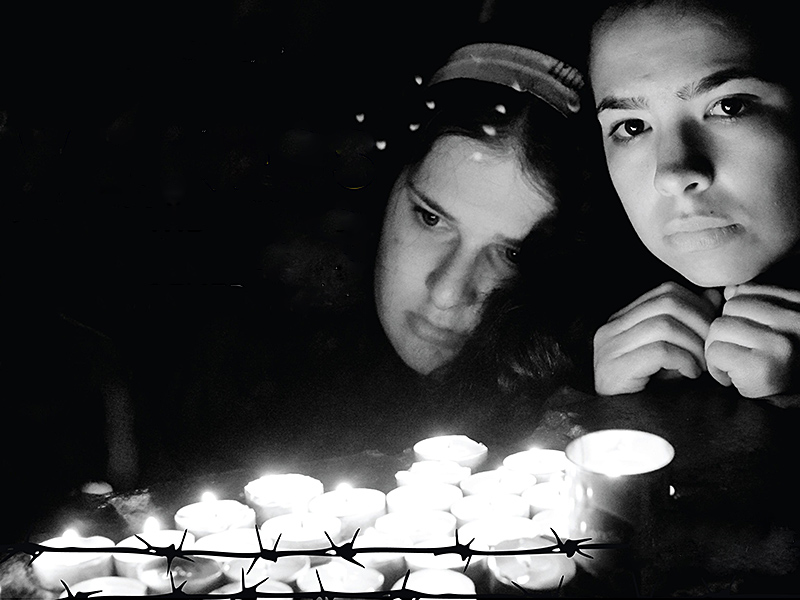There is extensive literature chronicling the coerced medical experiments conducted by Josef Mengele at Auschwitz. But there are more stories of medical procedures at Nazi death camps that have yet to be documented. In some cases, this history has been hiding in plain sight.
For example, the history of the forced administration of substances to women – which led to amenorrhea and, for some, infertility – remains overlooked. There are a variety of reasons why this has been the case, perhaps chiefly because it was part of standard “processing” of new female arrivals at Auschwitz. Routine aspects of life in Auschwitz related to sexuality and fertility have received limited investigation, at least in part because of the sensitive and taboo subject matter. As such, survivors may be reluctant to raise these issues and interviewers may not have thought – or had the proper training – to ask the kinds of questions that would elicit this material.
Moreover, routine medical interventions conducted in 1943 and 1944 – as opposed to Mengele’s well-delineated and demarcated experiments – may not have led survivors or their physicians to question, and eventually identify, the link between medical procedures occurring at Auschwitz and subsequent amenorrhea, multiple miscarriages and possible infertility.
This much is certain: routine administration of injections into women’s breasts was conducted on the platforms of Auschwitz. The recipients of these injections immediately ceased menstruation, some for months, some for years. Others were left permanently infertile. Some women at Auschwitz during the same timeframe were forced to ingest food or liquids, which contained a substance that also immediately led to amenorrhea. Some reports suggest that the younger the adolescent girl at the time she arrived in Auschwitz, the greater the long-term impact upon her future reproduction.
In the years after the Shoah, the common – and understandable – medical assumption was that the cessation of menstruation was the result of malnutrition. Unfortunately, this line of thinking impeded the study and documentation of the connection between these forced injections and oral ingestions and their aftermath. Indeed, there are preliminary data to refute this line of thinking: women arriving to Auschwitz in 1944 from Poland’s ghettos already emaciated, and women arriving in 1944 from Hungary, all stopped menstruating after the injections upon arrival on the platforms – regardless of differences in body mass.
We need to identify which substances were forced upon these women, ascertain how many women were victims of these procedures and learn about the short- and long-term consequences they suffered. Because they did not self-identify as victims of Nazi “experiments,” but rather of routine medical interventions in Auschwitz (and perhaps other camps, too), there is no cohesive, documented narrative of their particular experience. These stories exist vividly in the memories of survivors who still do not know what exactly was done to them, or why. This information needs to be gathered quickly – time is short to link what was forced upon these women at Auschwitz to long-term medical complications.
Information about this unknown phenomenon needs to be documented and disseminated. These women’s stories deserve to be given voice – both to give answers and affirmations to the women in question who are still alive, and to honour those who are no longer in a position to recount this crucial piece of their own stories. Moreover, the long-term consequences of these routine medical interventions may affect the children and grandchildren of women who did survive.
READ: NEO-NAZIS THINK MARIJUANA LEGALIZATION IS A JEWISH CONSPIRACY
As researchers, we are attempting to assemble the fragments of this unknown chapter of the Shoah. It’s time to begin to create a cohesive narrative of this unrecognized phenomenon.
